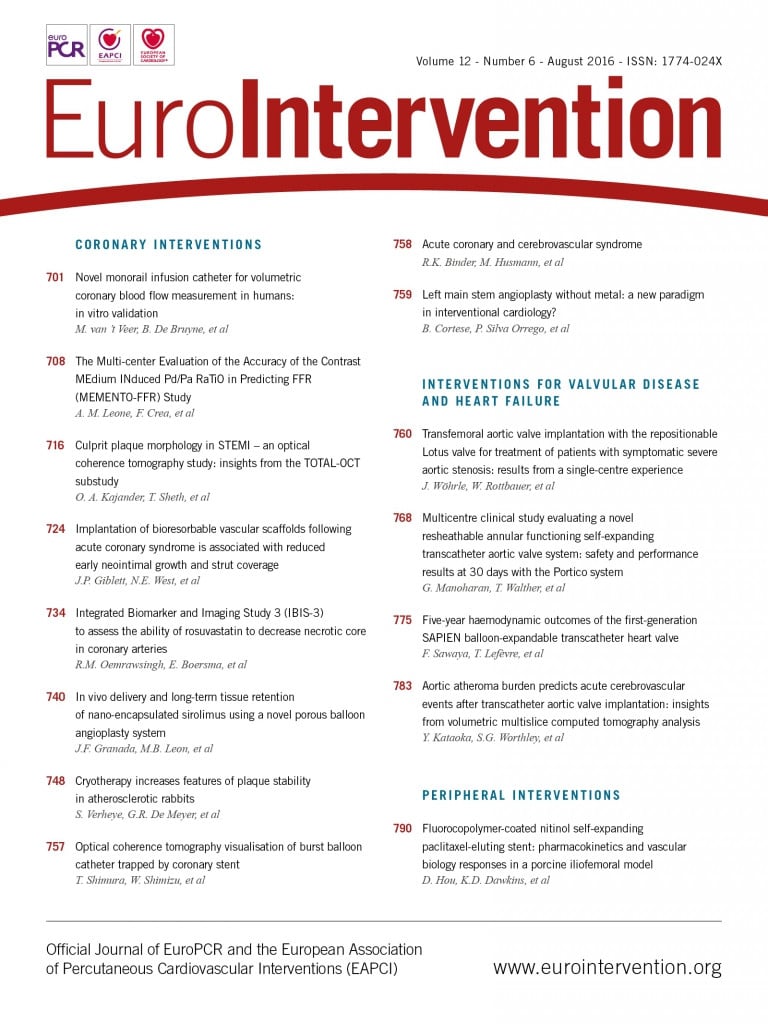
From an historical point of view, the multidisciplinary team concept is commonly believed to have originated years ago in the field of oncology with a team of doctors possessing multifaceted competences in the assessment and treatment of the oncological patient. In cardiology, the first recorded paper concerning a “cardiac team” was published in 19571. Fascinatingly, the authors defined the following objectives of the cardiac team which still hold true today: “1) to assist in the resolution of a clinical problem by advising regarding special studies, interpreting results of clinical data, recommending special therapy; 2) to critically evaluate existing diagnostic and therapeutic procedures and 3) to suggest and initiate areas of research.” The authors noted that “only by meeting frequently can the various members be fully cognisant of each other’s special problems, interests and abilities.”
When I arrived in 1976 as a young cardiologist in the Thoraxcenter, Rotterdam, the multidisciplinary team tradition was already strongly established under the auspices of the first two chairmen, Jan Nauta and Paul Hugenholtz. There was nothing considered more normal than to have a discussion based on the medical treatment versus surgical options for the patient as obviously percutaneous coronary treatment had not yet entered the arena. When balloon angioplasty finally appeared, we had to convince the surgeons that the percutaneous treatment of single-vessel disease was a reasonable alternative to surgery. This was especially true when we remember that, in those early days, the surgeons were already overloaded with cases ranging from simple vessel to three-vessel and main stem disease. Step by step, the spectrum of percutaneous interventions expanded to all kinds of lesions and syndromes including STEMI, CTO, main stem; but it was essentially with the introduction of randomised trials that the debate between surgery and PCI options started to become well organised and structured. CAPRI, GABI, BARI, EAST were all trials in which a Heart Team debate was implemented based on the trialist’s findings. The SYNTAX trial introduced a new component in the sense that the surgical PIs, Frederick Mohr and Michael Mack, wanted to avoid a cherry picking process in the selection of the patients. They therefore requested, with justification, that we include all-comers with three-vessel and main stem disease, which led to more than 1,000 patients being allocated to a dedicated registry in parallel to the 1,700 patients in the main study. Shortly after the publication of the one-year results of SYNTAX, the ESC/EACTS guidelines recommended the Heart Team as Class 1/Level C evidence, since the Heart Team, in itself, has never been the topic of randomisation2.
In the decades up to 2010, with the introduction of TAVI, a new type of patient was presented to the Heart Team –the frail and elderly patient with multiple comorbidities involving neurological, pulmonary and kidney functions and so forth. The Heart Team, which started as a close collaboration between cardiovascular surgeons and cardiovascular interventionalists, further expanded to include amongst others geriatricians. Even experts in quality of life were asked to assess the specific benefit ratios for individual patients. Finally, the position of the cardio-radiologist evolved into a significantly important influence on decision making with the introduction of the dominant modality of non-invasive MSCT assessment.
The multidisciplinary Heart Team as we know it today has completely modified our approach, not only by treating the cardiovascularly challenged patient, but also improving the exchange of knowledge and education among the various disciplines in the Heart Team.

